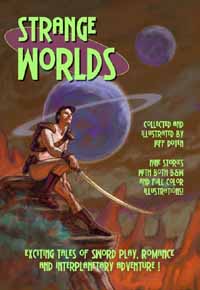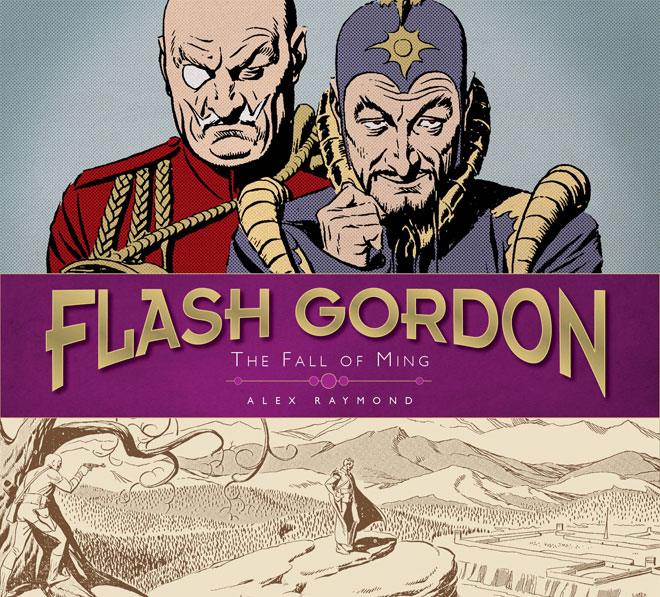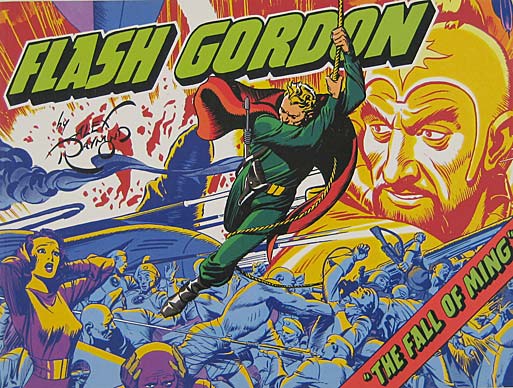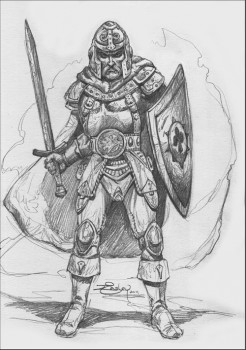Weird Tales Summer 2011
 As usual, I’m behind the curve. I was delighted when I first heard that Ann VanderMeer was taking over Weird Tales but never got around to reading an issue under her direction because, well, I just never got around to it. Alas, now she’s been relegated to the slush pile as a new owner wants to return the magazine back to its pulp Lovecraftan roots (although, the latest news is that the transition is being handled with a little more class than originally reported and it seems a final VanderMeer edited adieu issue is forthcoming).
As usual, I’m behind the curve. I was delighted when I first heard that Ann VanderMeer was taking over Weird Tales but never got around to reading an issue under her direction because, well, I just never got around to it. Alas, now she’s been relegated to the slush pile as a new owner wants to return the magazine back to its pulp Lovecraftan roots (although, the latest news is that the transition is being handled with a little more class than originally reported and it seems a final VanderMeer edited adieu issue is forthcoming).
I’m undoubtedly in the minority here amongst the crew of the good ship Black Gate in not being overly fond of Lovecraft, Howard and all the other pulp writers and am much more inclined to the “New Weird” sort of fiction that VanderMeer has championed. Just take a look at the cover of the latest issue. Nothing pulpish here. To my sensibilities, that’s a good thing.
Or, I guess I now have to say, was a good thing.
In any event, since nothing makes you more eager to catch up on your to-do-list than finding out some of the items are about to disappear, herewith my review of the fiction in the next-to-last VanderMeer edited Weird Tales.








 I’ve known
I’ve known  The Venus series ends not with a novel, but a novella. Consequently, this will be the shortest entry in my survey of Burroughs’s last series, but I have appended a wrap-up with my final thoughts on the Venus books as a whole.
The Venus series ends not with a novel, but a novella. Consequently, this will be the shortest entry in my survey of Burroughs’s last series, but I have appended a wrap-up with my final thoughts on the Venus books as a whole.